Ian Keldon
Fleet Captain
Orion Pandahar-class personal transport
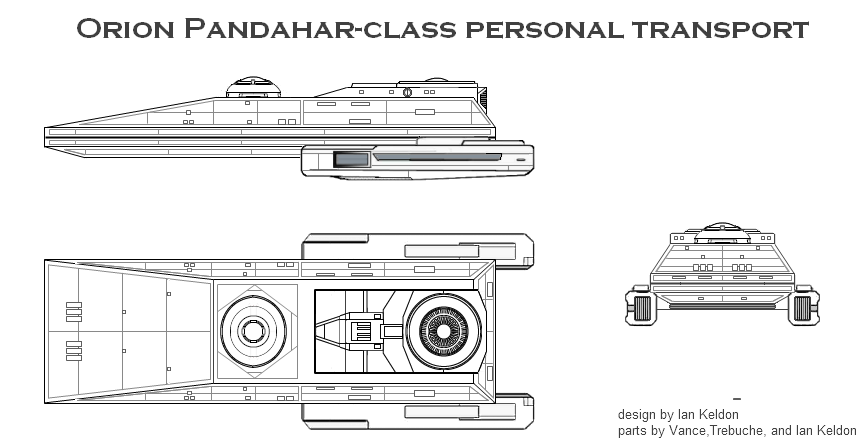


Pathfinder-class light cruiser
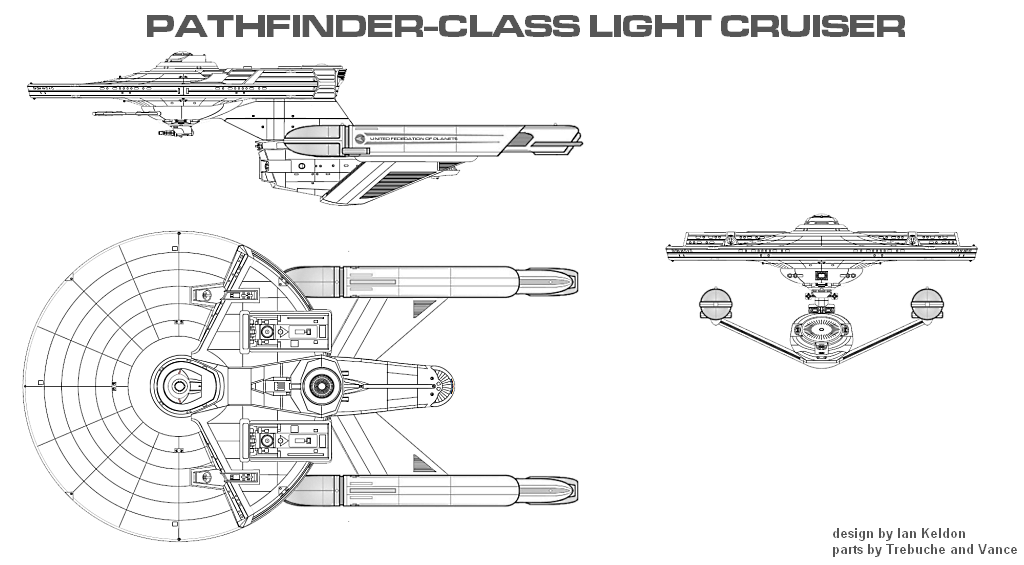
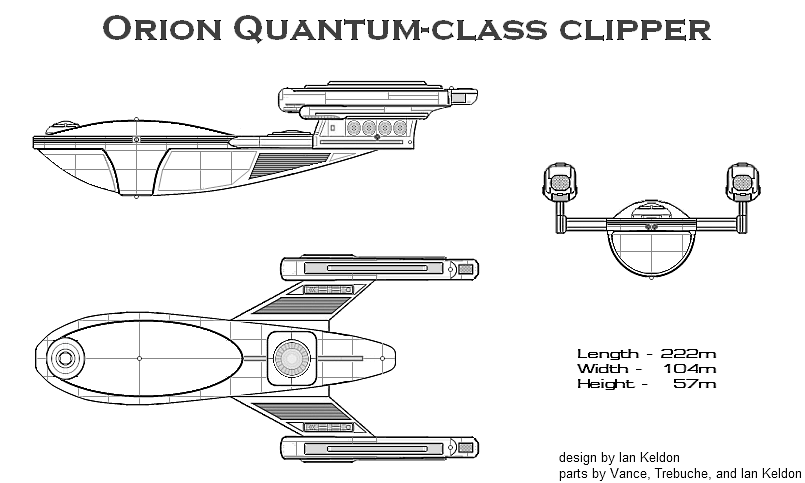
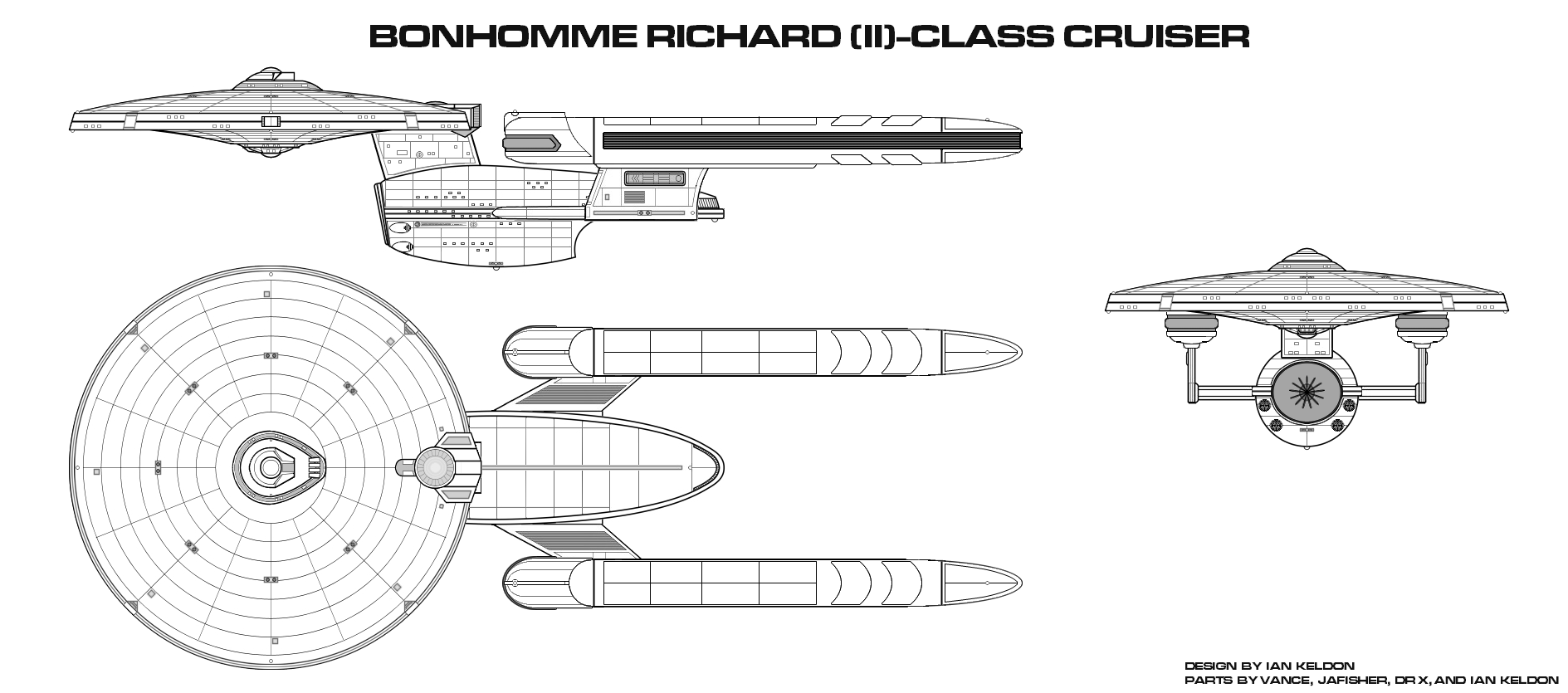
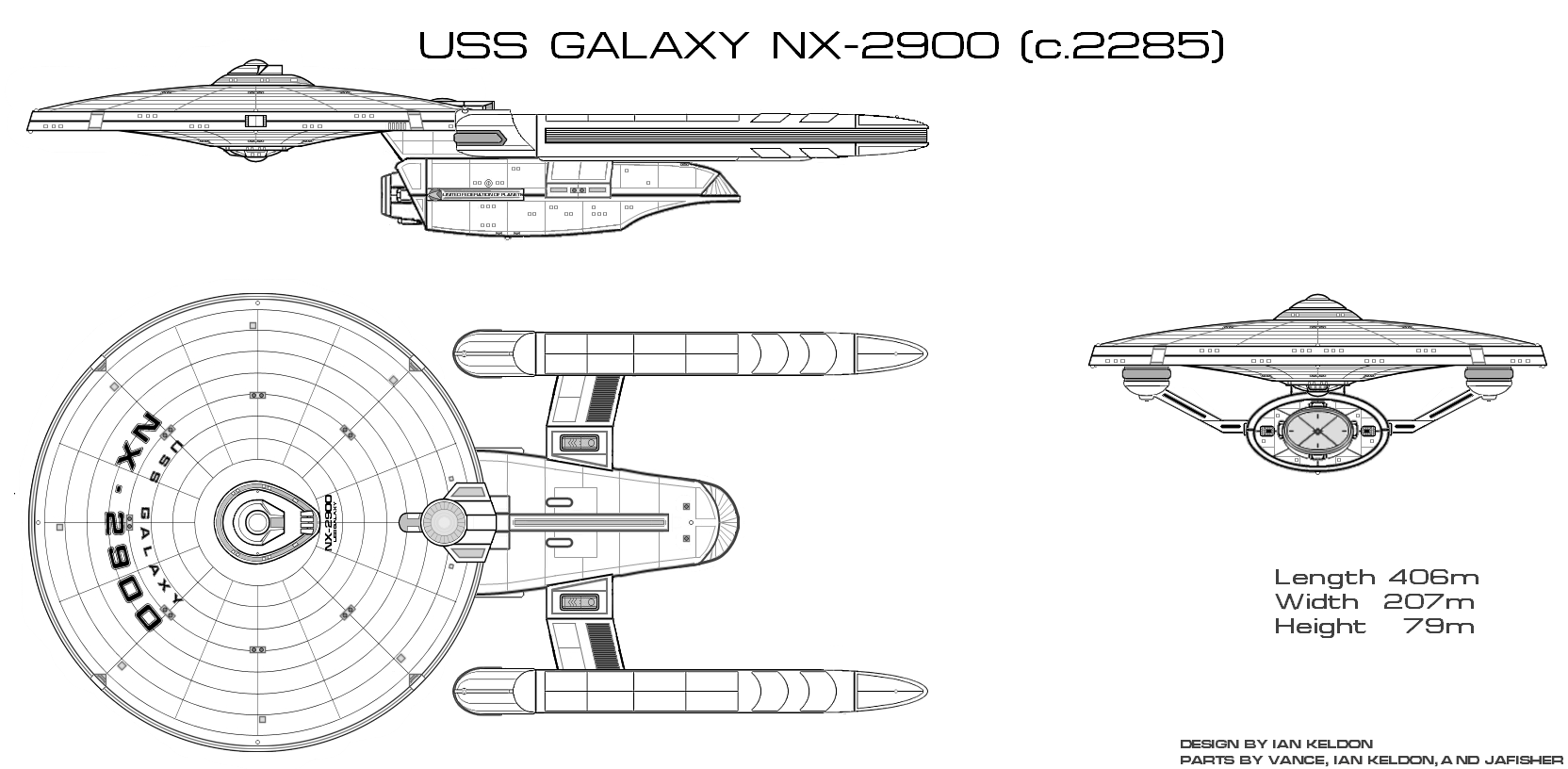
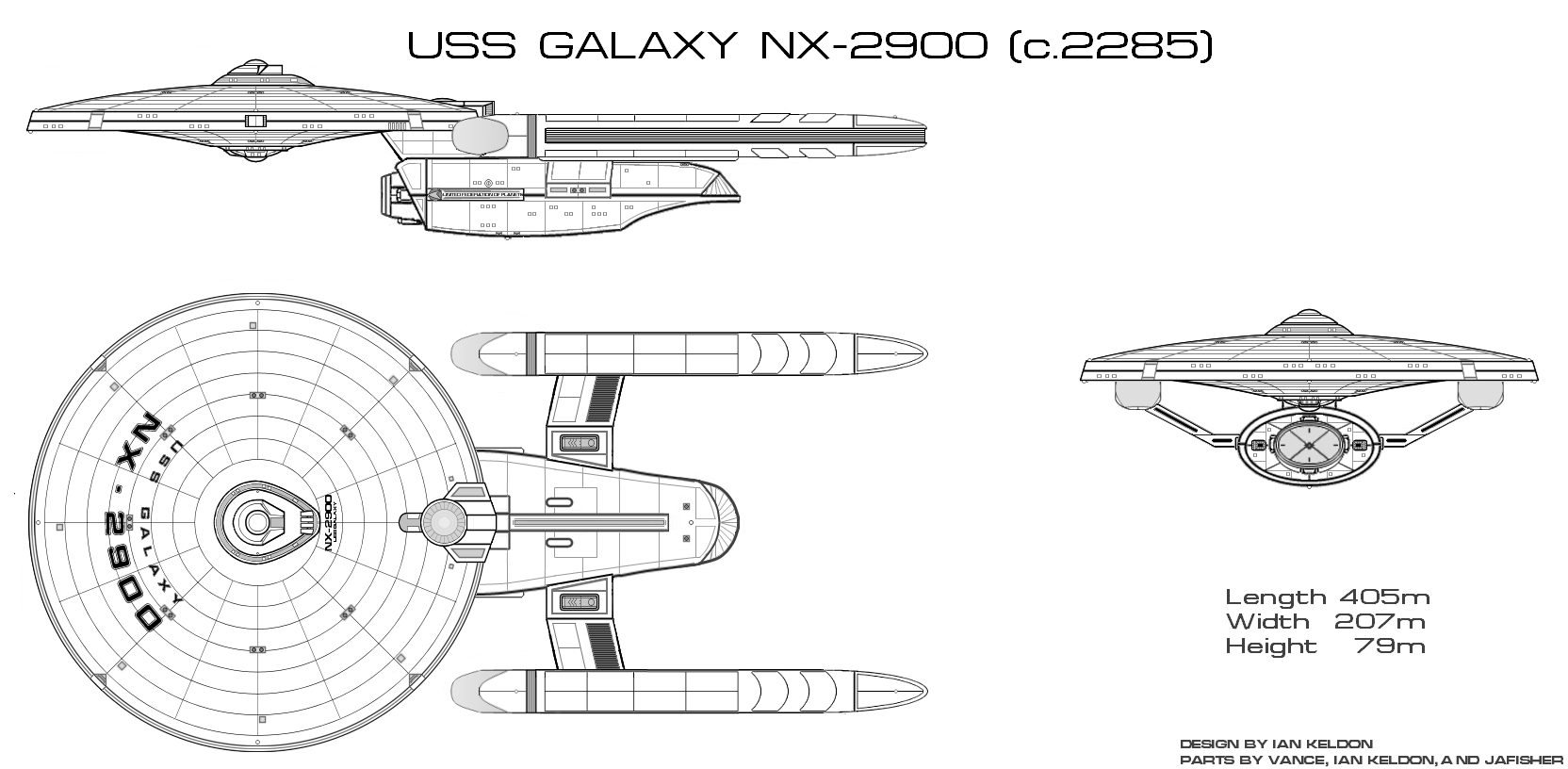
Strategic planning in the first few decades following the 2293 signing of the First Khitomer Accords was as much the art of semantics as it was the calculation of mathematics. So it was with the development of the Majestic class.
In 2329, the Klingon Empire, nearly recovered from the economic impact of the Praxis incident, began to flex it's muscles once more with the introduction of the K'vort class heavy battlecruiser. At a total estimated firepower nearly 1/3 greater than that of Starfleet's mainstay, the Excelsior class, the K'vort sent Starfleet's Plans and Policies committee into a near panic at the sudden shift of the balance of power.
As soon as the existence of the K'vort was confirmed, SP&P took it's case to the Federation Council, seeking funding for a class capable of standing ground against the perceived threat and giving as good as it took. Unfortunately for Starfleet, the Council was firmly in the grip of the Vulcan-led Consolidationist faction at that time.
The Consolidationists felt that the Federation had been expanding far too quickly and broadly in it's recent history. While Starfleet ships were covering ever more territory, they were doing so only in the most basic of terms, and not stopping to fully evaluate the newly mapped territories.
In strategic terms, the Consolidationists held that if the Federation contented itself with more fully investigating it's existing territorial claims, and refrained from making gestures or undertaking programs that were considered "provocative" by other powers, then the peace would be maintained. Thus, the request was rejected, and SP&P was sent back to Starfleet Headquarters empty-handed.
Unwilling to give up on the matter, the members of the Plans and Policies committee all but moved quarters to it's conference room, and kept the yeomen jumping bringing hot coffee and sandwiches for almost a week. At the end, they emerged for much-needed rest and sonic showers with the basic proposal for the Majestic class.
Technically, the ship would be listed as a "heavy exploration cruiser", and would be outfitted as such. Explorers. like more military-oriented vessels needed strong hulls, and powerful engines and shields, as one never knew what threats space might contain. Two of the class' four launchers were dedicated to probe use, and the number of embarked casings reflected that purpose. The number of phaser emplacements was substantial, but not out of line with other, similar classes of vessel.
What was carefully left unsaid in the proposal was that it was the matter of only a week's work at any decent shipyard to upgrade the weapons systems. Also downplayed was the fact that many of the mountings left open for "future scientific equipment installations" just happened to be located in places ideal for additional weapons hardpoints.
Returning to the Council, P&P presented it's idea and held it's breath with crossed fingers (and equivalent manipulative digits). The Council debated the matter for several weeks, and eventually approved construction of 15 hulls. (Afterwards, several prominent members of the Council who were not members of the Consolidationists made it quite clear to Starfleet that they were well aware of the subterfuge. As it suited their interests to maintain a modicum of flexibility for Starfleet, they went along with it, but the C-in-C was put on notice that she would be well-advised to not push for anything more.)
The ships were scheduled and constructed in 3 batches of 5. One batch was awarded to Luna's Copernicus Shipyards, one to the Lev'anthia yards of Andor, and the last to Yoyodyne Propulsion System's Starship Construction Facility at 40 Eridani A (Vulcan). Total construction time was just under 20 months for all 15 ships as all hulls were put on the priority list and thus constructed simultaneously, with the class entering service in 2331.
Performance of the Majestic class was rated by those who served on them as generally more than acceptable with the exception of small craft operations. The placement of the main warp power conduits cut into space that in another ship would have been used for shuttle storage and support. The Majestic class carries the fewest embarked craft of any ship of it's type, which on occasion posed problems while performing in the explorer role.
It was only a few years later that the Klingons entered a new phase of expansionist aggression, and the gamble Plans and Policies made paid off. With the outbreak of war, all 15 ships were quickly refit, and pressed into the role they had truly been intended for while additional hulls were constructed and development accelerated on the Ambassador class (which used many internal systems and some basic architecture first designed for Majestic).
In combat, Majestic and her sisters were admirable additions to Starfleet's battle line. One on one, they nicely matched their K'vort-class adversaries in overall combat effectiveness, and where they were outfought it was more due to the Klingon doctrine of deploying ships in groups of 3 than it was any weakness of the Majestic design.
In total, 60 ships of the Majestic class were built between 2331 and the end of the war with the Klingons. Of those, 21 were lost in combat or other circumstances. At the conclusion of the war, all remaining ships of the class were refit back to an exploration configuration. They continued to serve well in that role.
At the outbreak of the Dominion War, they were once again outfitted for combat duty. Twenty-seven of these were lost during that war. Starfleet retained the 12 remaining ships in service at war's end, and they are expected to serve at least another five to ten years before retirement or conversion back to exploration duty is again considered.

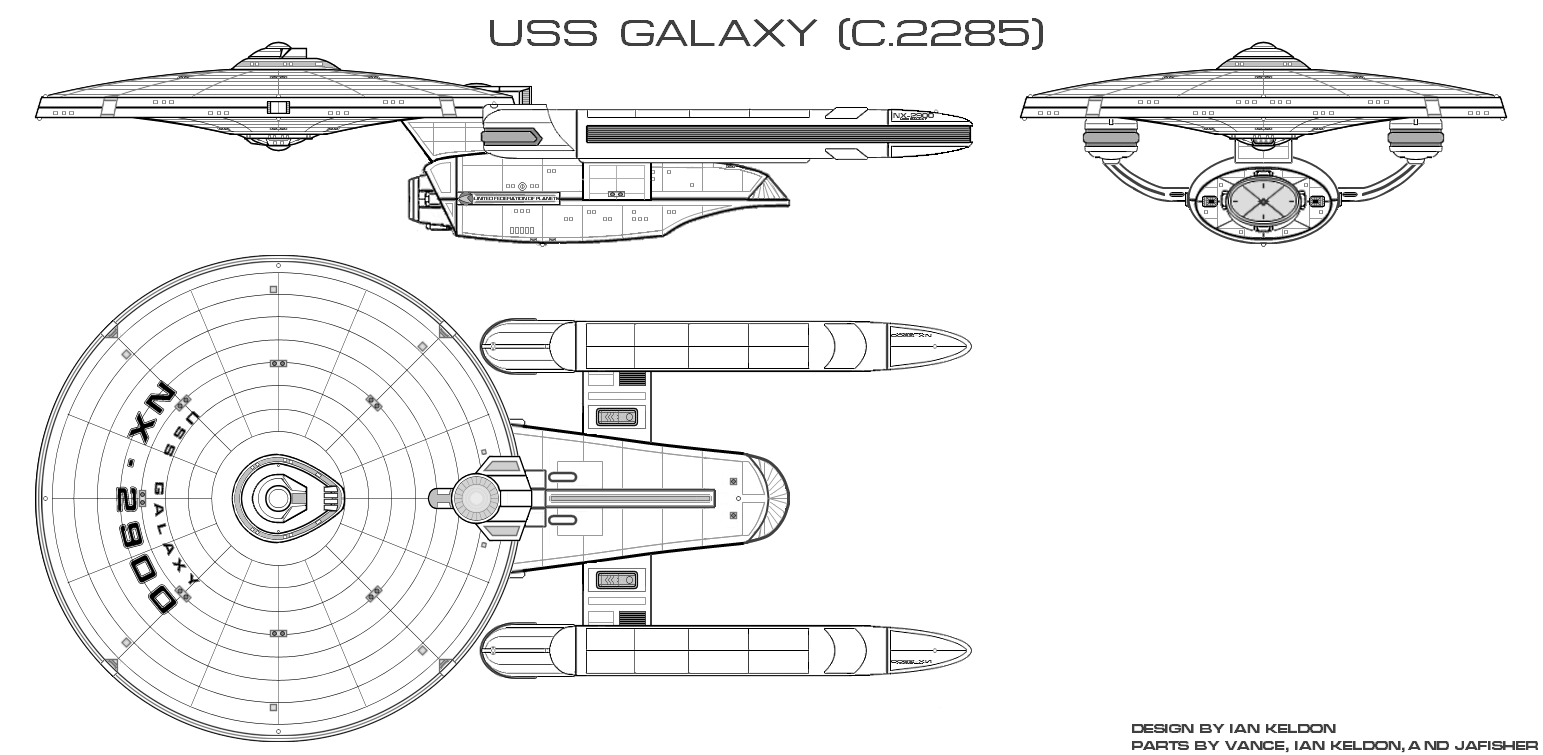
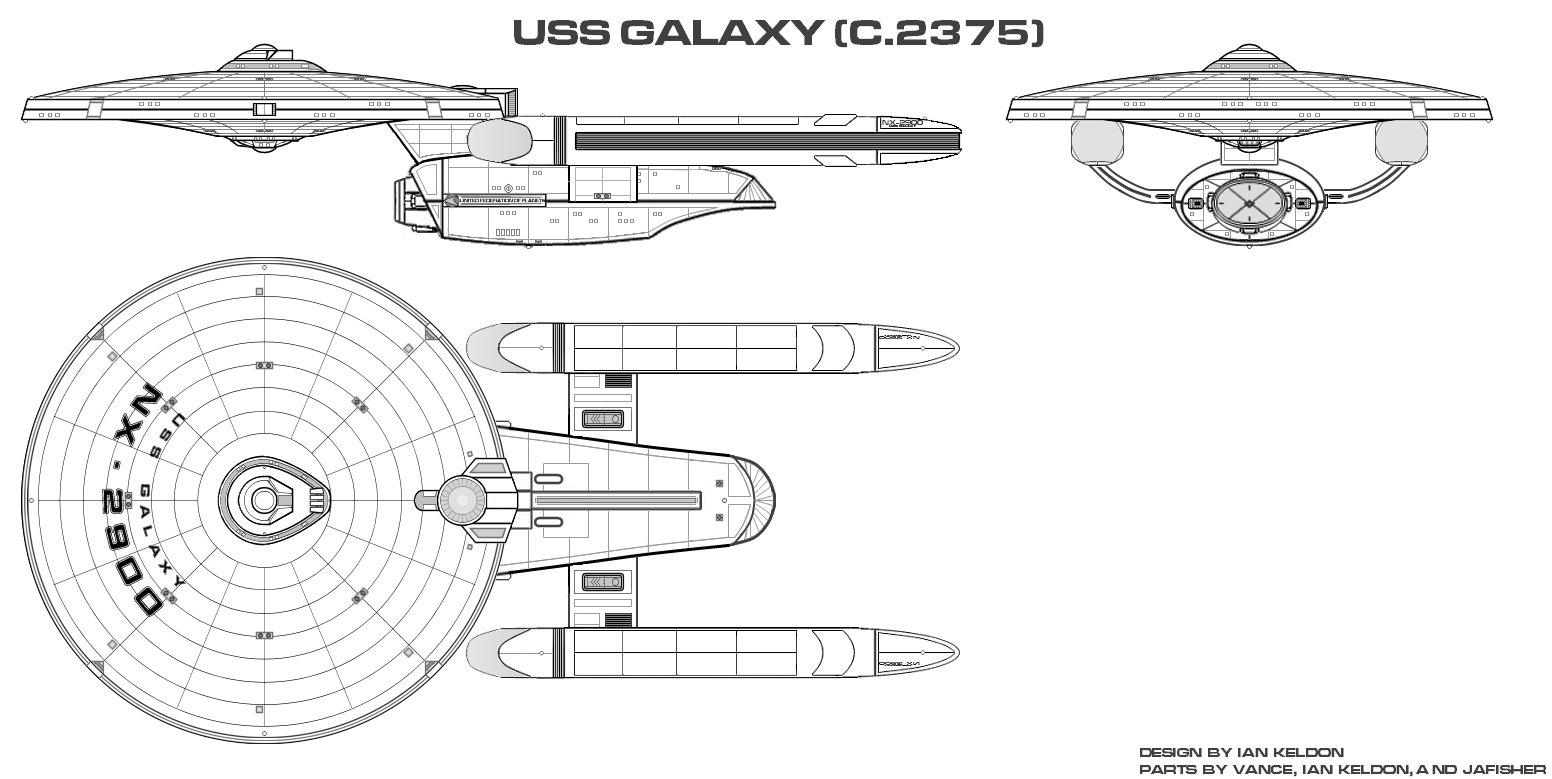
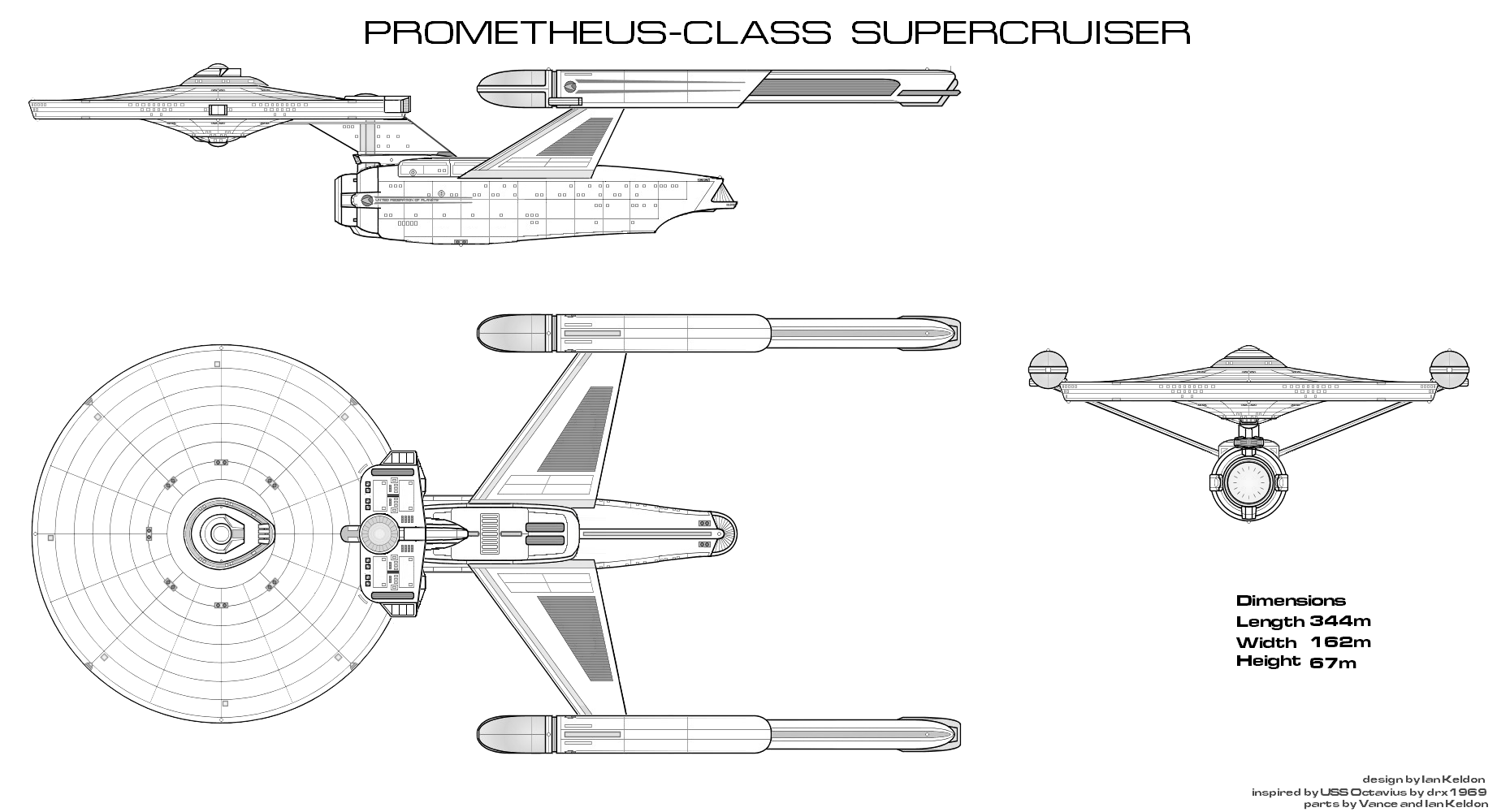

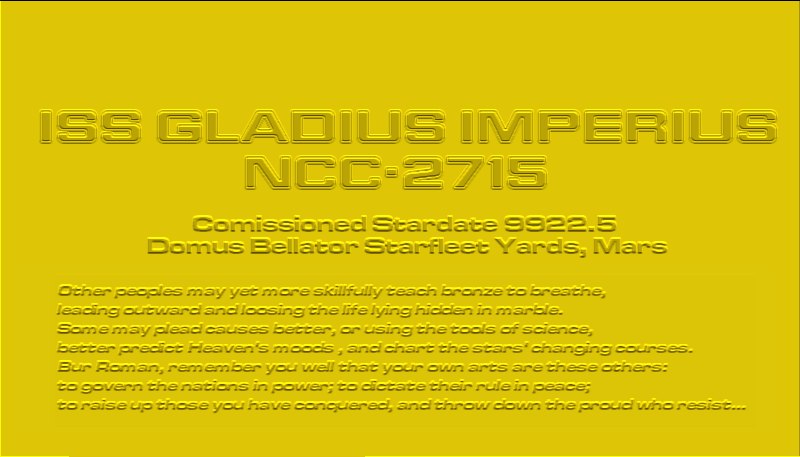


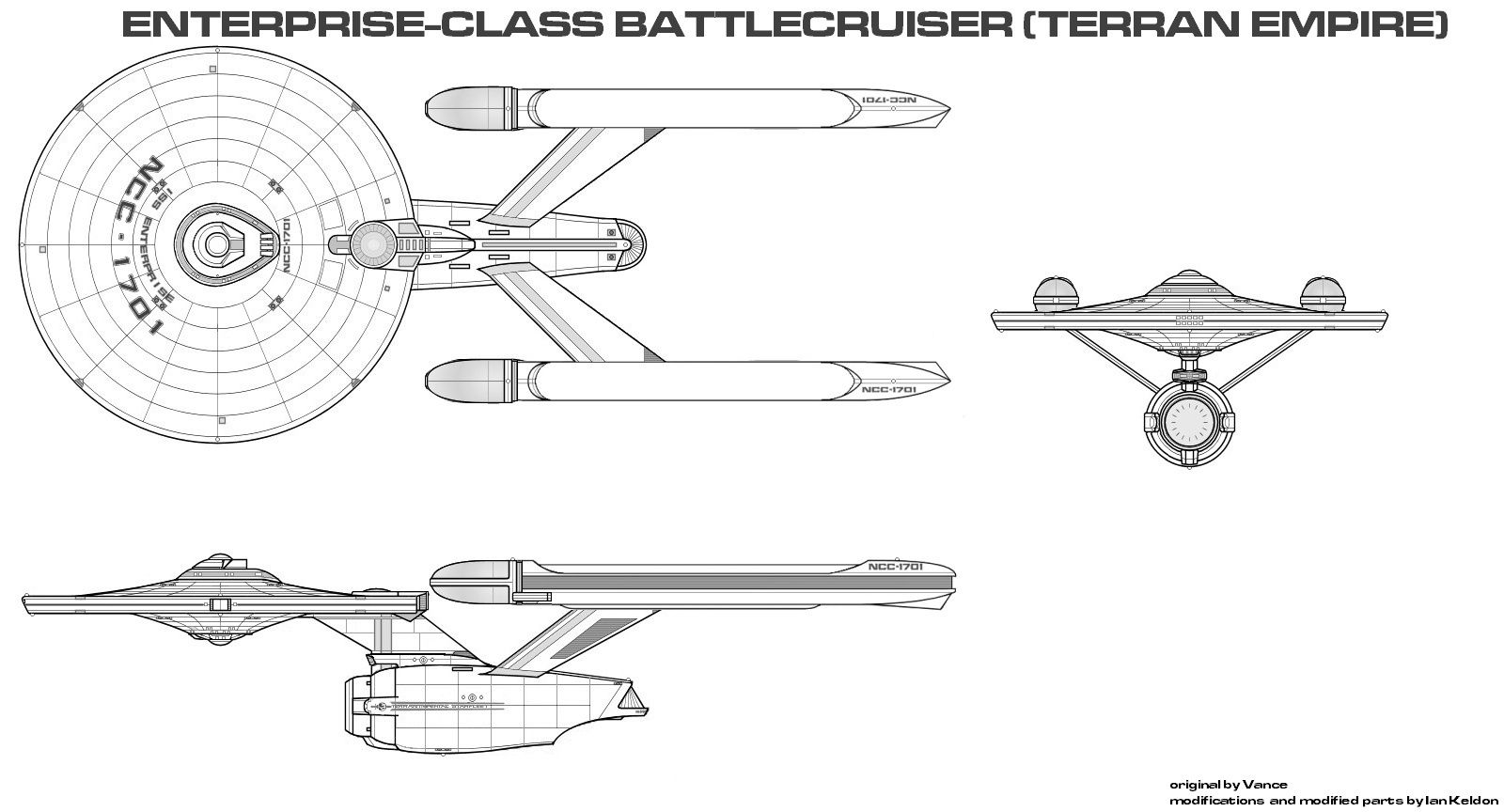
We use essential cookies to make this site work, and optional cookies to enhance your experience.
